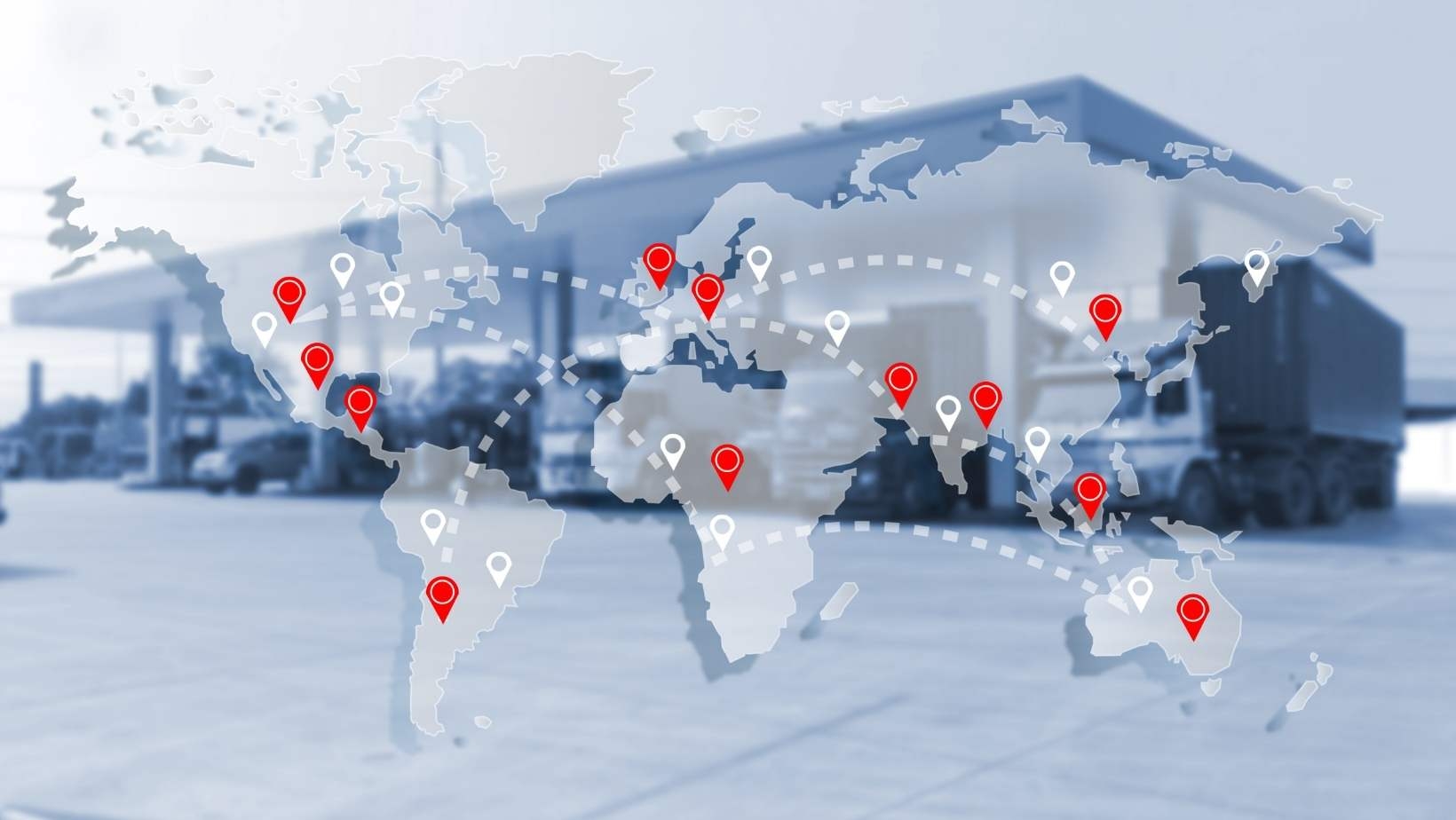Industry -Aug 23, 2022
Spot Freight: The Complete Guide

SimpliRoute
Logistics
Industry
Distribution
Spot Freight, or spot-buy freight, is a global shipping method that is utilized throughout all industries, large or small, which is adaptable to all kinds of transportation services.
What is spot-buy freight
When a company needs to transport goods, it usually acquires a number of quotes from different logistic service providers (LSP) as a way of transporting those goods from one point to another.
Usually the logistical decisions aren’t made on the spot or right away, nor do they always include deadlines or dates. Since the spot freight industry handles all kinds of freight, the pickup and delivery times will vary with each business requesting the service.
Say your business has a large crate that needs to be delivered in a month, as opposed to a critical package that requires immediate pickup. In both cases, using a spot freight program is to your advantage.
A shipping business uses spot rates because either their main shipper or their other shipping carriers cannot cover the shipment, or the shipping is urgent or shipping an item or items is not expected.
Spot rates typically require commitment from the customer to make the shipment within a specific period, normally several days. Spot pricing can go up and down depending on multiple factors. So this can mean that businesses don’t have a lot of control over the spot market rate they’re quoted.
How are spot-buy freight rates calculated
Spot rates establish pricing for shipping freight. They are rates that a logistics service provider (LSP) quotes a shipping customer to transport a shipment from one place to another.
A spot rate is a price a shipper offers right then and there (on the spot) to move freight from one place to another. The rates are changeable and formulated on conditions in the market which makes them changeable throughout the day.
Spot rates usually expect a customer commitment to make the shipment within a set period of time, which is usually a few days. Spot pricing can either go up or down. This depends on different factors, so a shipping customer doesn't have much control over the price they're quoted. The factors that determine the price a customer is quoted include:
• Routes used by a logistics provider
• Gas prices and the fluctuation of currency
• Type of shipping used for transporting freight
• Load-to-vehicle ratio that's based on capacity - spot rate will be higher if the transport device reaches capacity - spot rate will be lower if the transport device is empty or not at capacity
• The importance of the shipment and the speed necessary to transport the shipment
• Any existing price arrangements with a logistics provider
• Added logistic services, such as customs clearance
• Any other particular requirements from the customer
Logistics services calculate spot rates for either a onetime transaction or for a short term. A quote is given to a shipper or broker for a load or a series of loads.
Shippers use spot rates to move freight. They also use spot rates when a business needs more room than what they originally contracted for. It enables a business that normally doesn’t work through a contract to ship items.
How do spot logistics work
Whether a shipping customer uses the road, railways, air or ocean freight, spot rates are utilized throughout the shipping industry. Services offered with any of the different modes of transportation usually vary, so it's critical to know what is included in the transport. On example would be sending a parcel by air which usually includes:
• Picking up the parcel
• Completing any possible customs forms
• Loading the parcel on the aircraft
• Off loading the parcel
• Final delivery to its destination
The whole process is usually not the same as with other kinds of logistics so it's critical to understand what's included with the transport package when comparing prices.
What’s the difference between contract and spot rate
When your logistics needs are sporadic or unknown, spot pricing is probably the best way to go for your business. With a larger business, where you make regular freight shipments, it’s probably better to arrange for long-term freight contract. These kinds of arrangements usually allow you to set and know pricing ahead of time, plus you can get around the aggravation of spot pricing.
You’ll probably use spot rates when you don’t have a separate contract or price agreement in place with a logistics service provider. When you use services that are outside those you contracted for, you’ll use spot rates, particularly for shipments that are time sensitive in delivery.
A prearranged freight contract allows you more certainty with pricing, which makes calculations for costs with your supply network and profit margins more exacting.
There are benefits to a contract and spot rates. Spot pricing allows you the flexibility you need to purchase unplanned logistics services when you need them. A prearranged contract makes the entire process easier with your shipping needs; however, you’ll probably be obligated to commit to transportation minimums with a contract.

